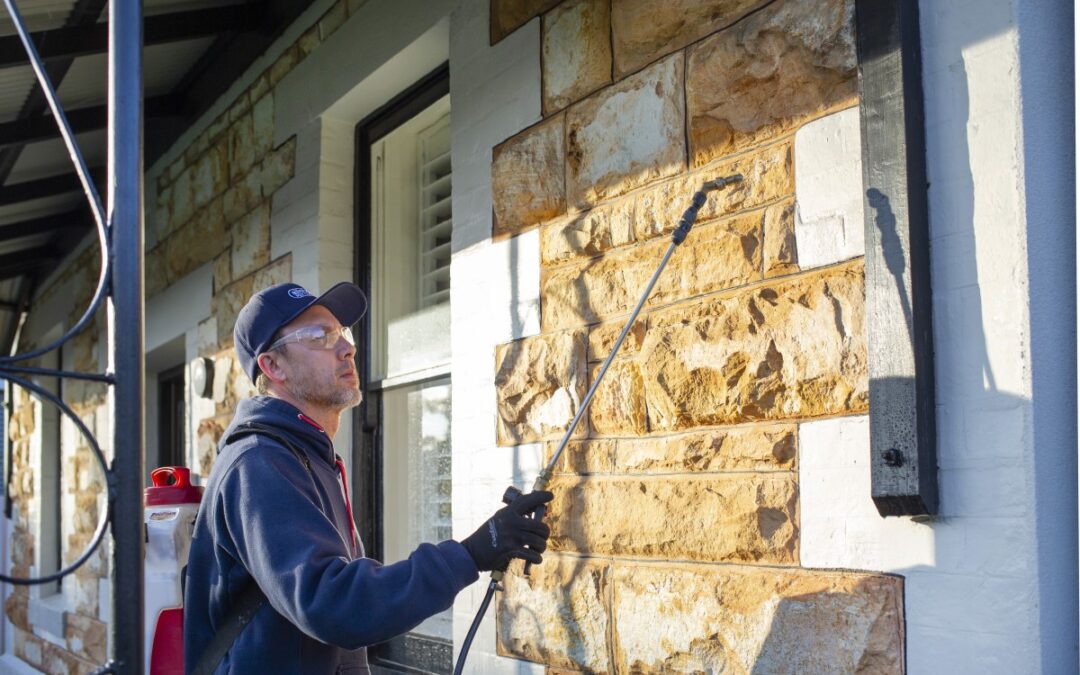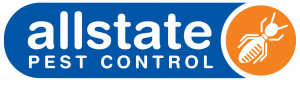
OvoControl Press Release
Allstate’s technology takes humane bird control to new heights
AI-powered and RSPCA approved, OvoControl technology removes bird populations without harm.
As Australia’s largest family owned pest control company, Allstate’s ethos is simple: continuous innovation to deliver the best possible service to customers, with the least possible environmental harm. That’s why they have introduced new bird control technology, which rapidly diminishes pest populations without causing them disruption or harm.
Pest birds are an increasing problem for local businesses, due to their rapid growth in flock sizes, significant mess created, and risk of passing on diseases such as the flu, salmonella and E. Coli.
OvoControl is a very safe and humane bird managing method, which acts as a birth control to prevent birds from breeding. While no harm befalls the birds, populations are reduced from hundreds to almost no birds within two years.
Allstate CEO Vasili Tsoutouras said, “We’re always on the cutting edge of the safest and most effective pest control, which makes OvoControl’s humane technology and proven results a natural choice.
“We also pride ourselves on providing the best possible service at the lowest possible cost. OvoControl’s AI-controlled feeder ensure we are keeping client expenses to a minimum.”
Allstate is a family-owned pest control company established in 1986. They are renowned for their high standard of residential, commercial and construction services across greater Adelaide.





